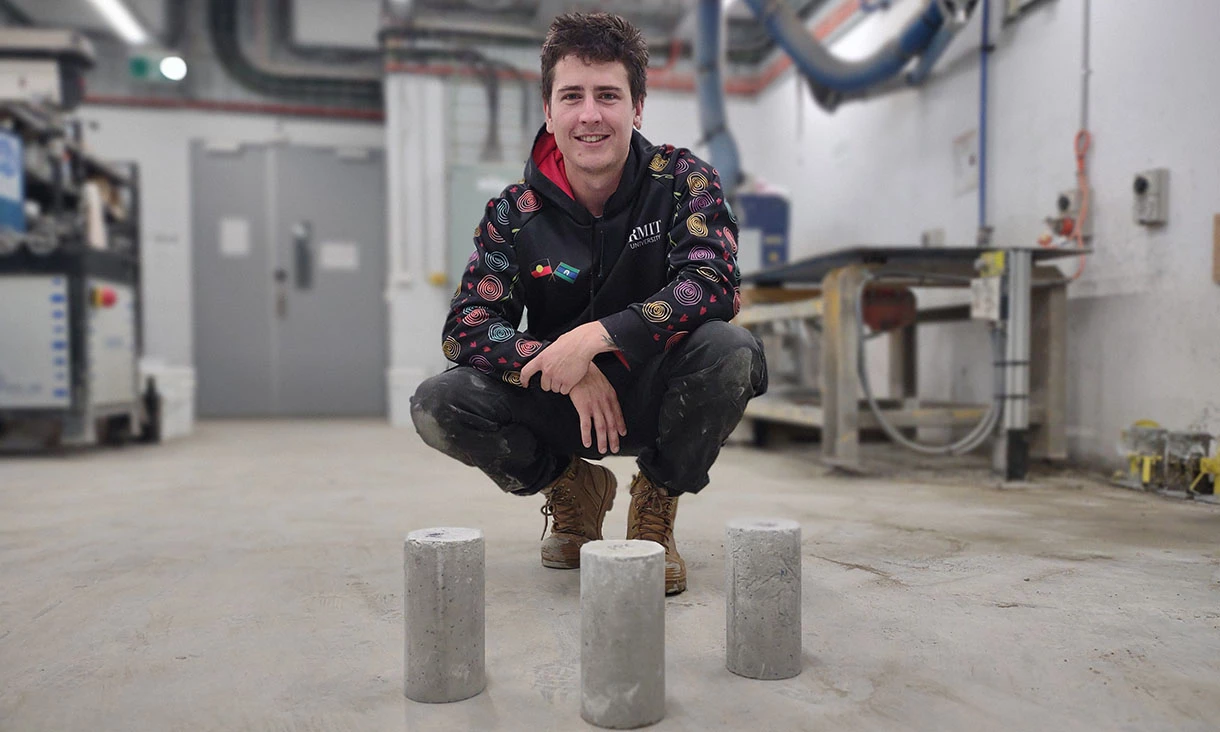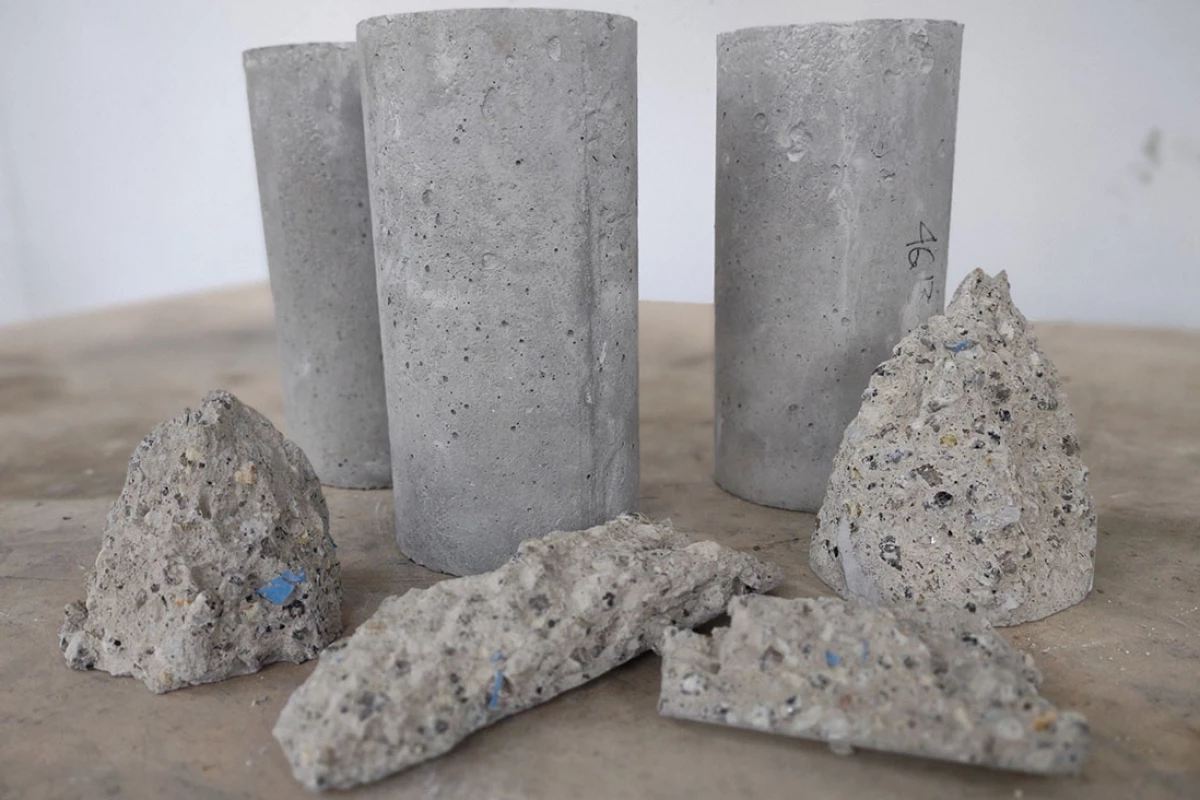Scientists continue to make promising inroads around more durable forms of concrete, and engineers at Melbourne's RMIT University have been operating at the cutting edge of this research for some time. Their latest example simultaneously tackles the mounting waste generated by the ongoing pandemic, demonstrating a form of concrete that incorporates shredded personal protective equipment (PPE) for improved performance.
RMIT's researchers haven't been afraid to get creative when thinking up new approaches to concrete, turning to everything from tires, to lobster shells to steel slag for inspiration. Last year, they also showed how disposable face masks could be worked into stronger recycled concrete aggregate for road layering.
This time around, the team has expanded their work to include other waste products of the coronavirus pandemic. According to the researchers, an average of around 54,000 tonnes of PPE is produced globally each day, and around 129 billion disposable face masks are discarded around the world each month. Their research may have uncovered a new way to give these materials a second life.
Across three studies, the team incorporated shredded gowns, rubber gloves and face masks into concrete at different concentrations, ranging from 0.1 to 0.25%. The rubber gloves were found to boost compressive strength of the concrete by up to 22%, while the face masks improved it by up to 17%. The shredded gowns, meanwhile, improved compressive strength by 15%, elasticity by 12% and resistance to bending stress by up to 21%.

"We have all seen disposable masks littering our streets, but even when this waste is disposed of properly it all ends up in landfill," said Professor Jie Li. "With a circular economy approach, we could keep that waste out of landfill while squeezing the full value out of these materials to create better products – it’s a win on all fronts."
From here, the team aims to investigate the performance benefits of mixing the different PPE items together, and to collaborate with the health and construction industries as they work toward field trials.
“While our research is in the early stages, these promising initial findings are an important step towards the development of effective recycling systems to keep disposable PPE waste out of landfill,” said Dr Rajeev Roychand, co-lead author of the study.
The three studies were published in the journals, Case Studies in Construction Materials, Science of the Total Environment and Journal of Cleaner Production.
Source: RMIT




